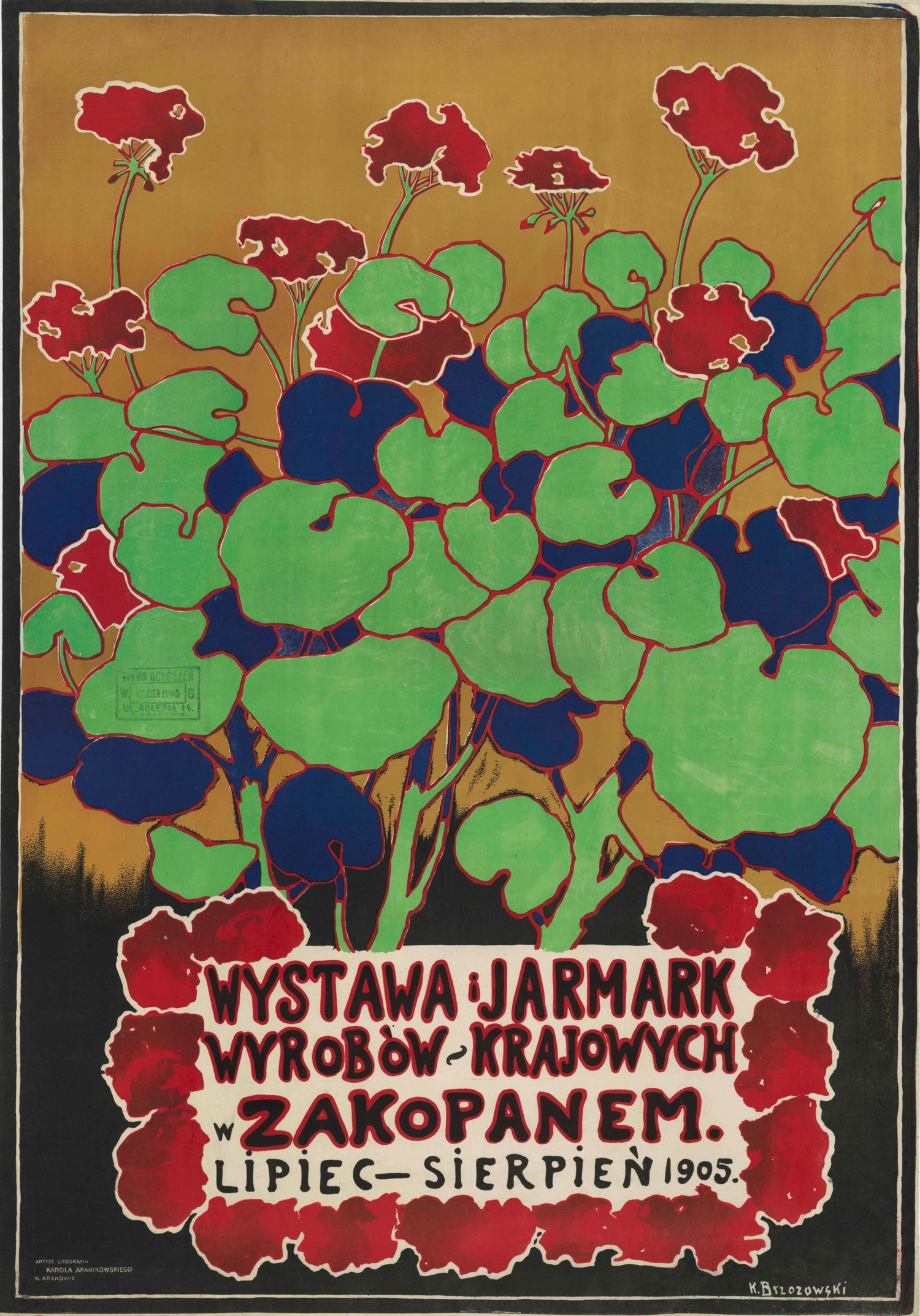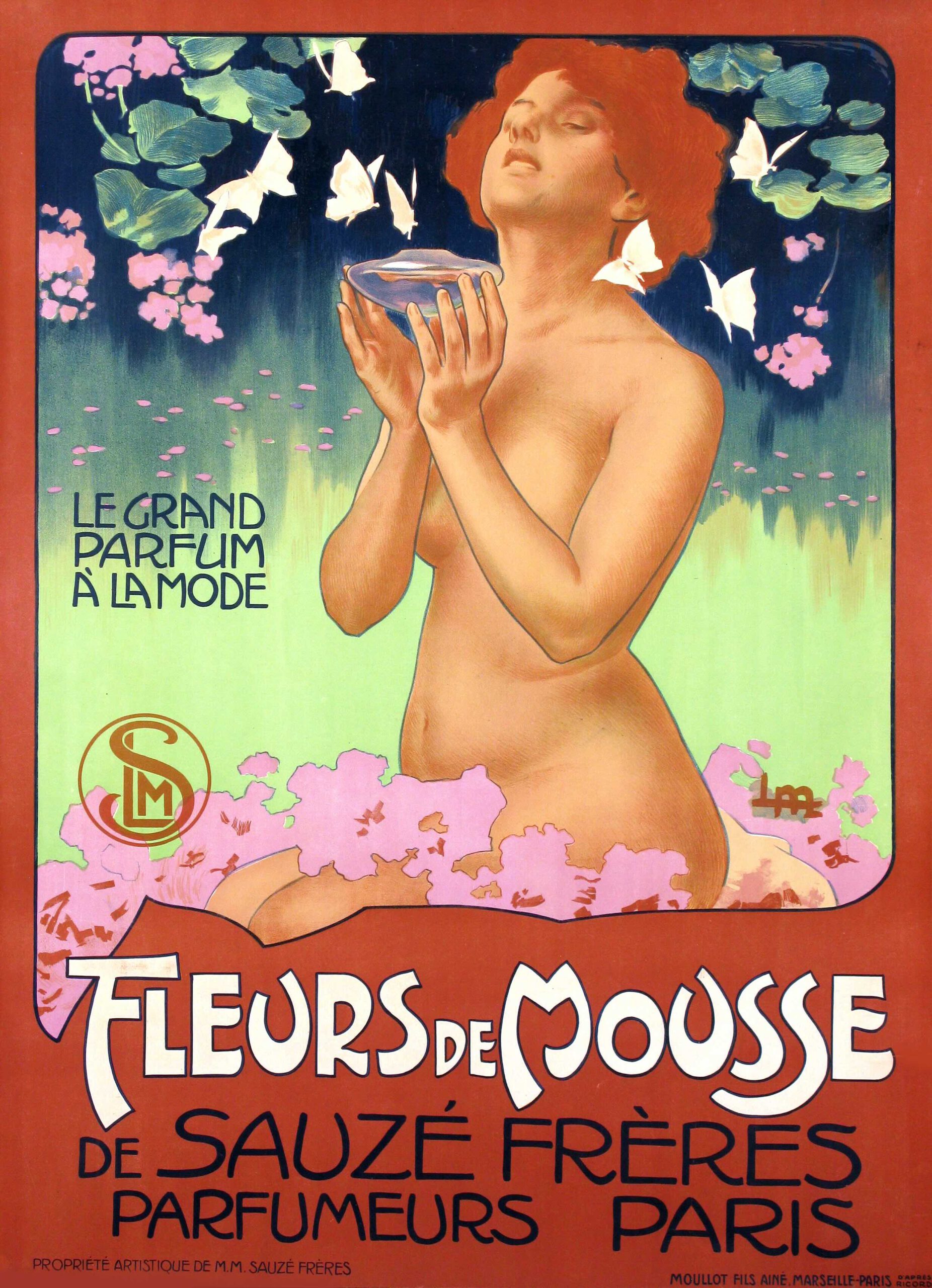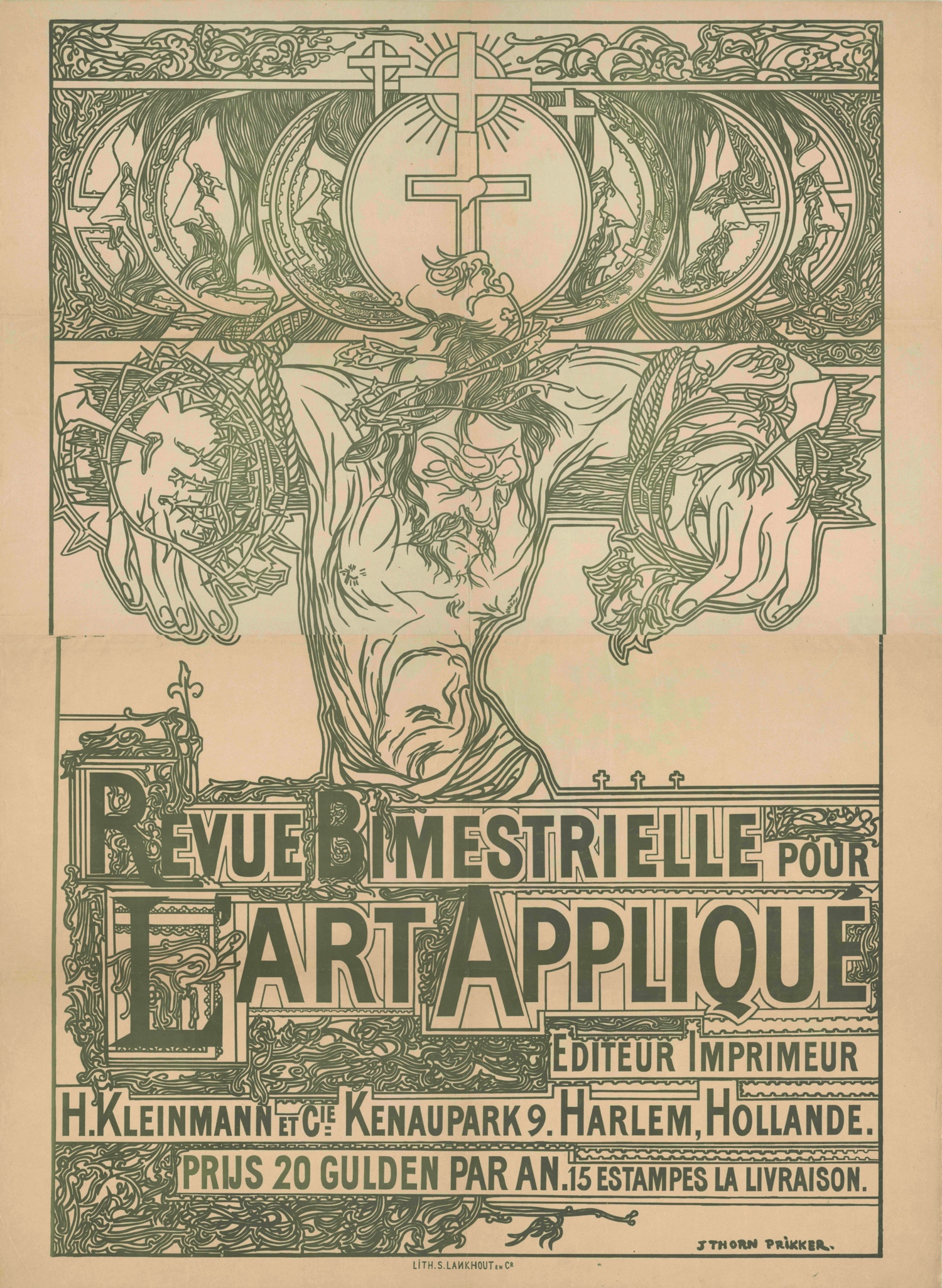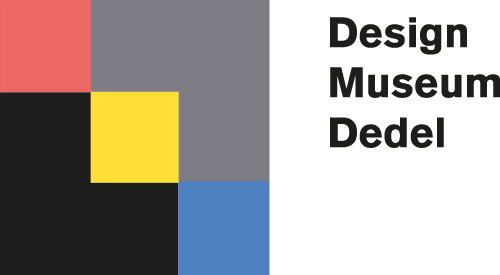Exhibitions
Design Museum Dedel was opened on 1 July 2019 by Mrs. Hedy d’Ancona.
Now showing

june 2025 - october 202
“Art Deco” with, among others, the four musketeers Cassandre, Carlu, Colin, and Loupot.

permanent exibition
Art nouveau, a source of inspiration
In the library is a permanent exhibition of Art Nouveau posters.
Art Nouveau is an international style of art, architecture, and applied art, especially the decorative arts. It was often inspired by natural forms such as the sinuous curves of plants and flowers. Other characteristics of Art Nouveau were a sense of dynamism and movement, often given by asymmetry or whiplash lines, and the use of modern materials, particularly iron, glass, ceramics and later concrete, to create unusual forms and larger open spaces. It was popular between 1890 and 1910 during the Belle Époque period, and was a reaction against the academicism, eclecticism and historicism of 19th century architecture and decorative art.
One major objective of Art Nouveau was to break down the traditional distinction between fine arts (especially painting and sculpture) and applied arts. It was most widely used in interior design, graphic arts, furniture, glass art, textiles, ceramics, jewellery and metal work. The style responded to leading 19-century theoreticians, such as French architect Eugène-Emmanuel Viollet-le-Duc (1814–1879) and British art critic John Ruskin (1819–1900). In Britain, it was influenced by William Morris and the Arts and Crafts movement. German architects and designers sought a spiritually uplifting Gesamtkunstwerk ('total work of art') that would unify the architecture, furnishings, and art in the interior in a common style, to uplift and inspire the residents.




